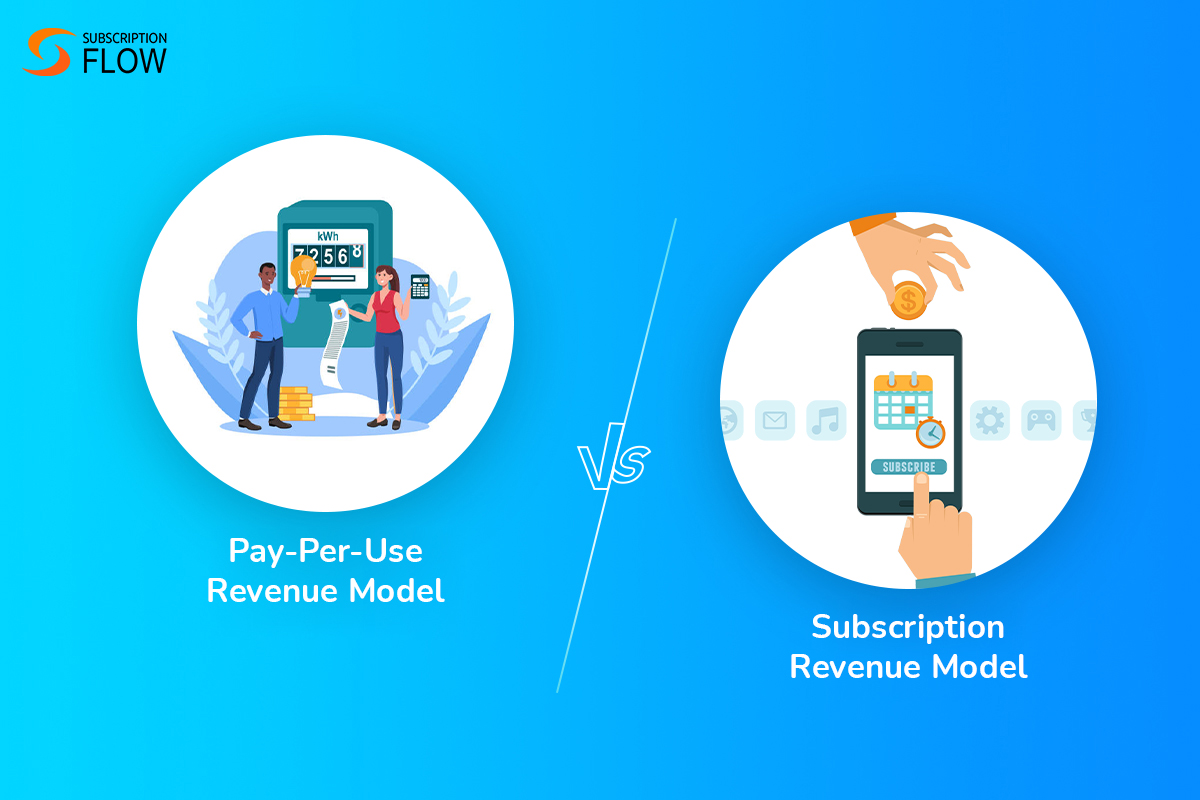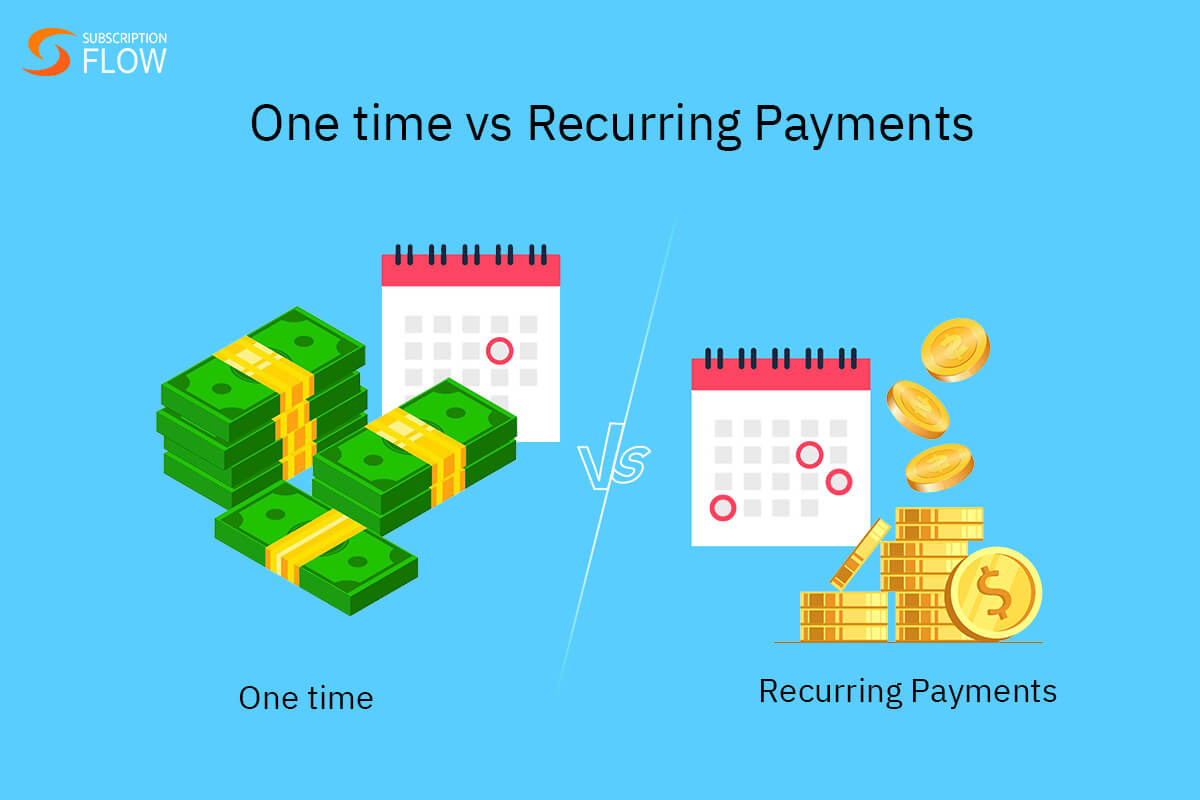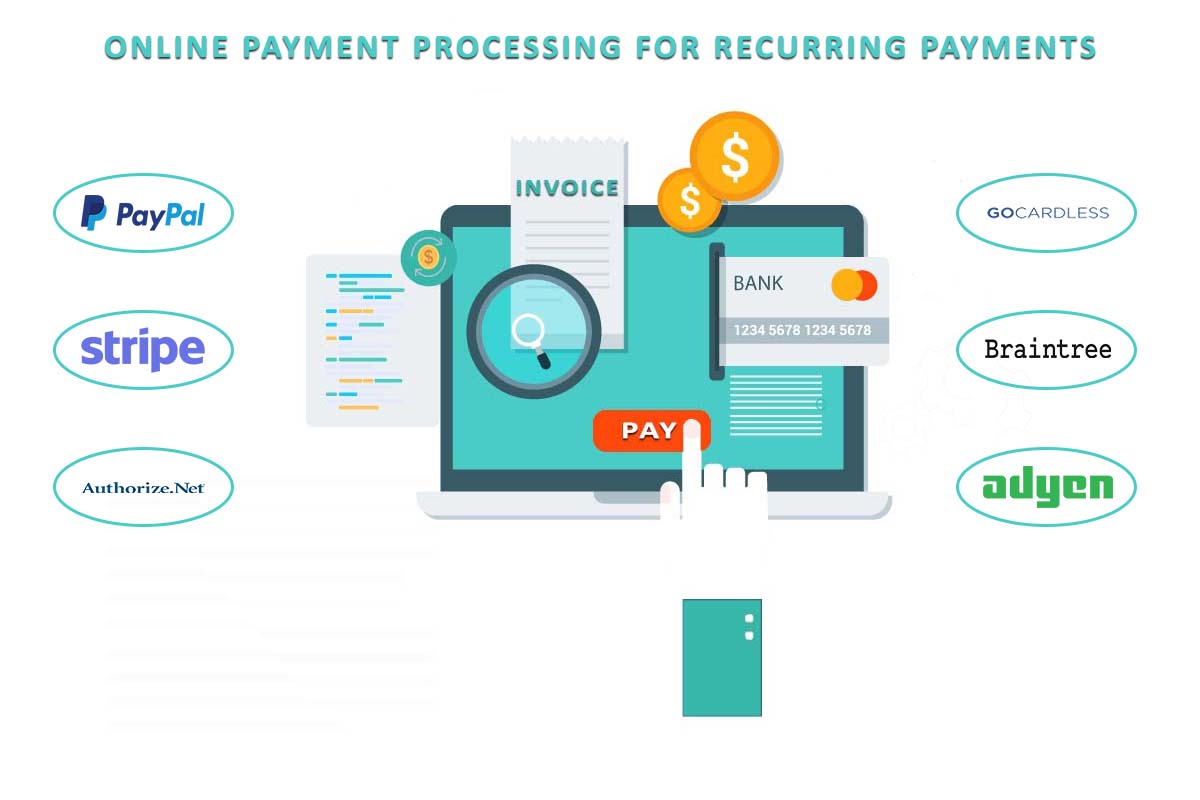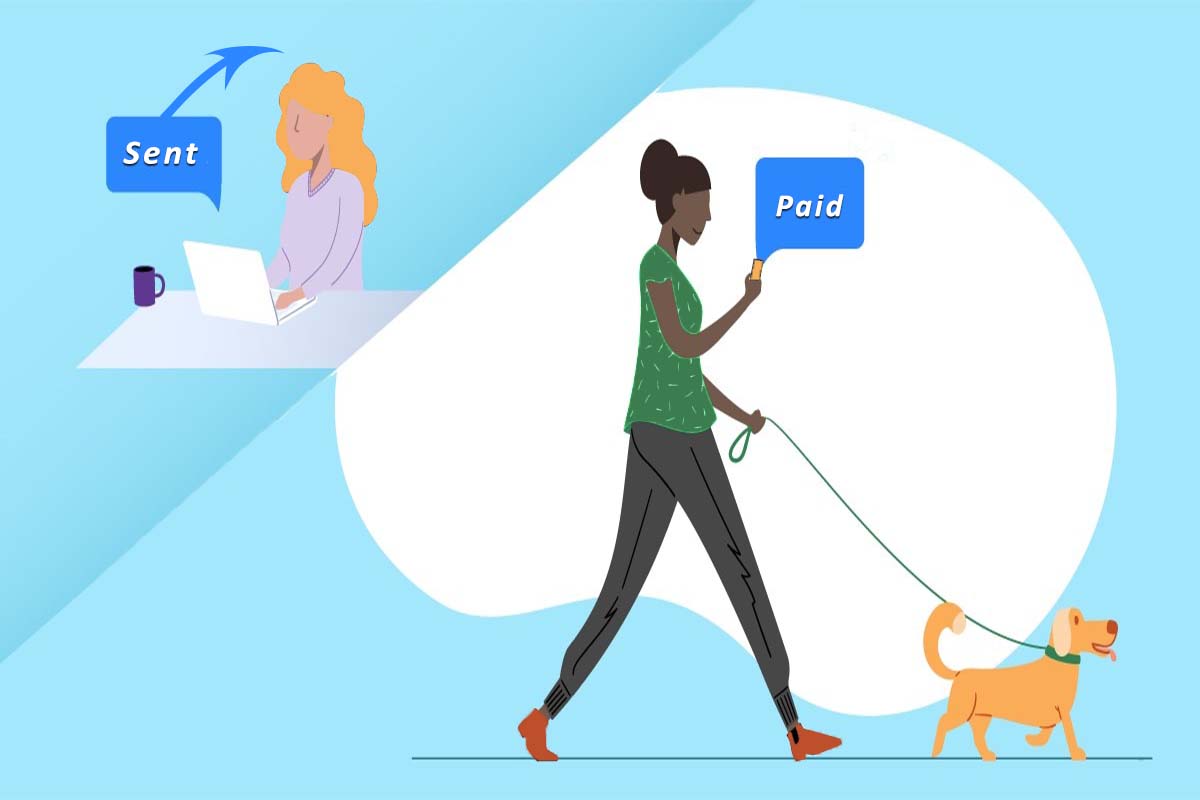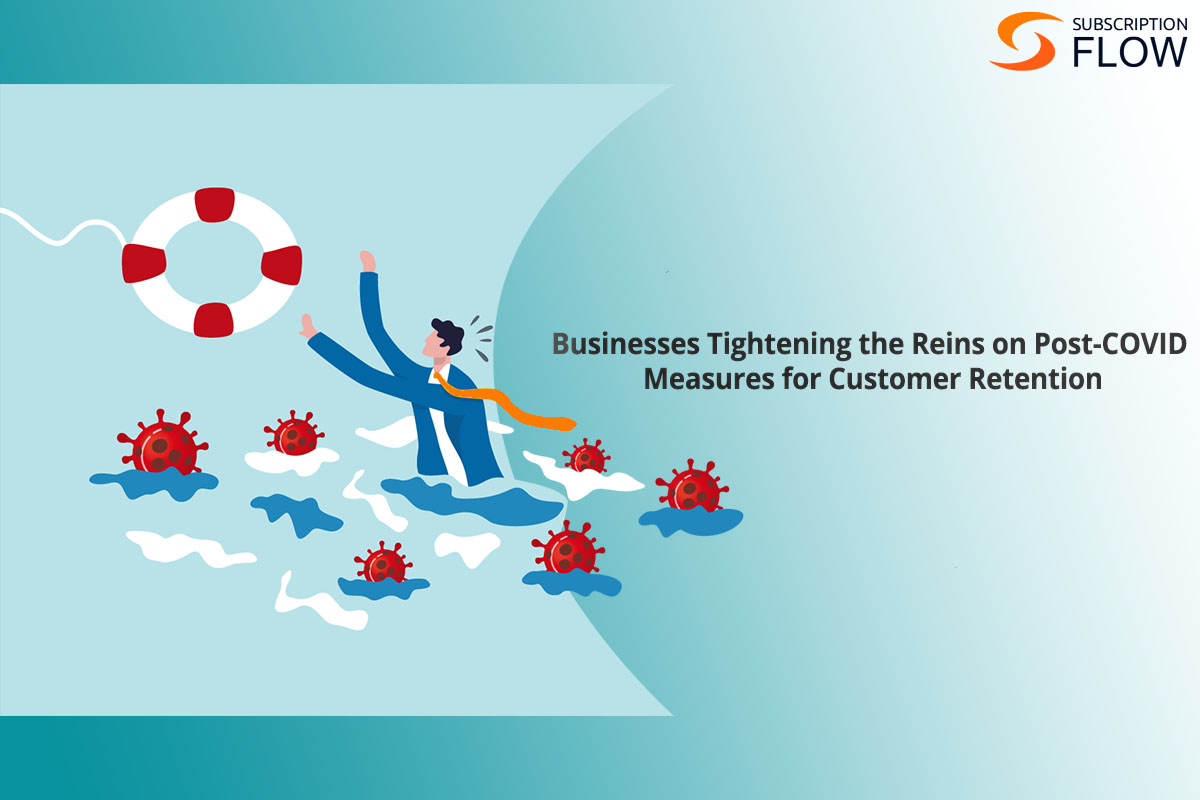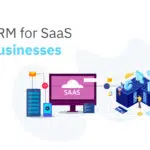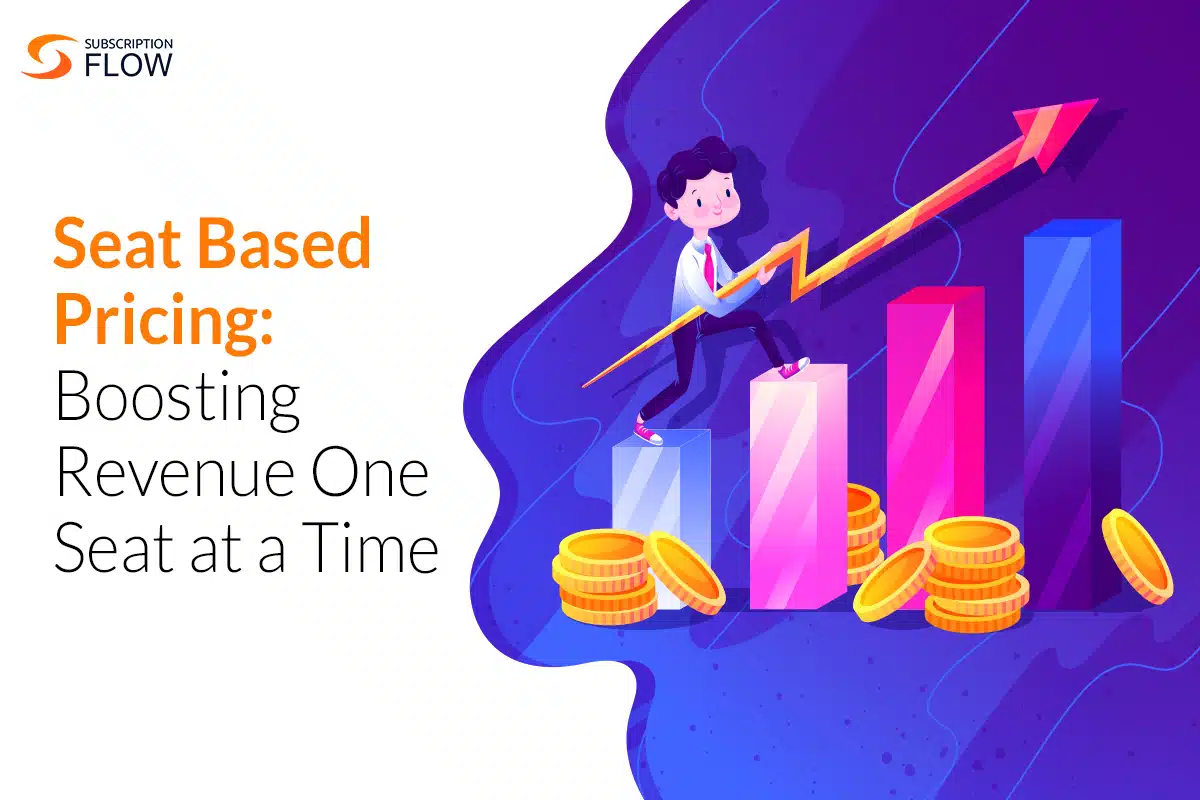
Seat Based Pricing: Boosting Revenue One Seat at a Time
Imagine you’re booking tickets for a concert. The more seats you’ll reserve; the higher price you’ll pay. That is because ticket pricing is directly proportional to the number of seats booked. Now apply the same logic to the pricing of SaaS services, and you’ll pretty much get what seat based pricing means. In this pricing model, businesses pay for software services according to their number of users.
In this article, let us discover in detail what seat based pricing means, and what its benefits are for both users and businesses.
What is Seat Based Pricing?
Seat based pricing is a SaaS dynamic pricing model whereby the cost of a service increases as the number of users increase. Businesses grant each user a separate ‘seat’ or license. Only users with license can access the service. The larger a business’s number of users is; the more expensive service plan they have to purchase. This model works best for those businesses who require service access for multiple users.
Let us take an example for further clarification. A company decides to purchase a monthly subscription plan for 50 users. The cost of the plan for one user is $10. As the number of users increase, the plan’s price multiplies accordingly. This means that the company will have to pay $500 per month for 50 users. Each user will receive their own license which they can utilize to access the service.
These are examples of popular software that price their services according to the seat based model: Salesforce, Zendesk, Google Workspace, and Microsoft 365. All of these software charge businesses based on their number of users. Other than SaaS companies, entities such as e-learning platforms, or gym memberships also benefit from this model.
Benefits of Seat Based Pricing
No pricing model is without its unique benefits. Following are some significant advantages of adopting the seat based pricing approach:
- Transparent Billing
Seat based pricing is straightforward and predictable. Businesses can calculate the total due amounts easily by multiplying the per-seat price of their plan by the number of users utilizing that plan.
Customers can equally benefit from this transparent billing. They can easily understand and predict the total costs they have to pay each month or year, based on the number of users. This helps them manage their budgets better, and choose exactly which subscription plan fits their needs.
- Flexibility & Scalability
As the business grows in size, it can simply buy more seats or user licenses for a service without paying any huge upfront cost. More seats can be added incrementally. That is what makes this pricing model increasingly flexible for scaling enterprises. When an enterprise is small in numbers, it can easily purchase a cheaper plan for less number of users. As it expands, and grows financially stronger, it becomes enabled to switch to the more expensive plans.
- User Management
Since seat based pricing system enables the purchase of software licenses, businesses can easily control who gets the user access and who doesn’t. Only the authorized personnel are allowed access to the software, ensuring business data security. Additionally, it is easy for the administrators to organize and track these licenses, and analyze their usage.
- Simplicity
Seat based pricing sets out clear usage metrics for the customers. Users know exactly which services they are entitled to, and provides also know which services to optimize for enhanced user satisfaction. The model is easy to manage for the providers, and easy to utilize for the customers. It allows the B2B customers to manage their expenses better.
- Increased Revenue
Businesses can convert their one-time subscribers to lifetime subscribers with the seat based pricing model. If a SaaS company optimizes its software and digital services based on the growing needs of their B2B clients, they are more likely to retain those clients. As the business clients grows in size, it is inevitable for them to switch to a higher subscription tier which enables access for more users. This translates into higher revenue for the SaaS service provider.
Therefore, it is crucial for companies to continuously work on, and improve their software so that they remain their scaling clients’ top preference.
- Cost Efficiency
With seat based pricing, businesses can save on their costs. They can only purchase the number of seats they need, without spending extra money on unnecessary licenses. The cost-saving aspect of this model makes it a great choice for small and medium sized businesses who have limited budgets. They are encouraged to start out small by buying the cheaper subscription tiers.
- Enhanced Collaboration
By purchasing individual seats, businesses can promote convenient user collaboration. That is because every user in the team will have equal access to the service, and no one will get left behind. This makes the user experience consistent, because each of them benefits from the same set of features and tools. This enhances user productivity across the organization as well.
Limitations of Seat Based Pricing
There are never a one-size fits all solution for businesses, especially when it comes to pricing models. Despite its numerous advantages, seat based pricing does have its limitations to be considered.
1. It is not suitable for businesses with inconsistent number of users. As seat based pricing demands that a company buys a subscription plan based on a specific number of seats, it is not feasible for all companies. Especially the ones who cannot ensure a set number of employees.
2. It is not suitable for businesses with inconsistent service usage. Not every business needs a software or digital service irrevocably. Companies might want to benefit from a service, but only for a limited time, and only for limited features. They might also utilize a service only intermittently. Paying for individual user seats might mean unnecessary expenses for them. In this case, a better approach for them would be going for usage-based or value-based plans. Such plans would align their service usage with their expenses better.
3. This model endorses fixed costs. Businesses have to pay for every seat in full even if those seats end up remaining unused or barely used. Unlike usage-based pricing, seat based pricing charges fixed costs. For companies who do not utilize their user licenses fully, purchasing seats can do more harm than benefit. In the end they will have to pay for more than they used.
4. Businesses cannot overlook the possibility of shared access. In order to avoid more expenses, companies might purchase a subscription with limited number of seats, and encourage their users to share their licenses. Sharing licenses cannot only be inconvenient and inefficient, it can also make access control difficult. Companies might have trouble tracking which licenses are being used by whom. This can also lead to reduced team productivity for the customers.
What is the Best Billing Platform for Seat-Based Pricing Model?
In order to implement any pricing model successfully, it is a necessity to have a robust billing system in place. Billing systems automate payment processing and collection for you, and ensure that you create and send invoices on time. They also minimize the margin for financial errors by eliminating manual intervention.
SubscriptionFlow is an advanced subscription billing platform which not only enables easy implementation of seat based pricing, but also monitors its performance. Here are a few reasons why SubscriptionFlow is the best billing software to go with:
- Customizable Subscription Plans
When it comes to creating your subscription tiers, SubscriptionFlow does not limit your creativity. You can create highly customizable seat-based plans and assign different prices to each one. We handle all your complicated billing ourselves.
- Automated Billing
Businesses can grow their B2B client base, and scale effortlessly. Gone are the days of manual invoices management. SubscriptionFlow automates billing for all the seats you offer, reducing administrative workload.
- Flexible Seats Adjustment
Got clients with fluctuating service need? No problem. You can still offer them seats and encourage them to add or remove seats mid-billing cycle. We handle refunds and prorations like an expert.
- Usage Tracking and Reporting
With SubscriptionFlow, you can easily track customer usage data. Monitor the usage of each seat, and get insights into how your software is being utilized. Leverage these insights to optimize services and pricing structures.
- Third Party Integrations
Integrate with external accounting software, CRM or ERP in a frictionless manner. You can leverage SubscriptionFlow while also keeping your favorite software which are already in your use. Streamline seat based pricing operations by utilizing all the integrations that you need.
- Multiple Payment Gateways Integration
We connect you with a variety of payment gateways, and ensure that your seat based transactions take place smoothly and securely.
- Multiple Currency Support
Manage seat based pricing for international clientele, or for specific regions. SubscriptionFlow lets you deal in global currencies to expand your business outreach, and attract more customers.
- Comprehensive Analytics
Monitor the performance of your seat based pricing strategies which the help of our advanced reporting and analytics tools. Track your key metrics such as MRR and ARR, user growth rate etc. to make informed business decisions.
SubscriptionFlow is an all in one solution for the implementation and optimization of seat based pricing. Book a demo, and try us today.

